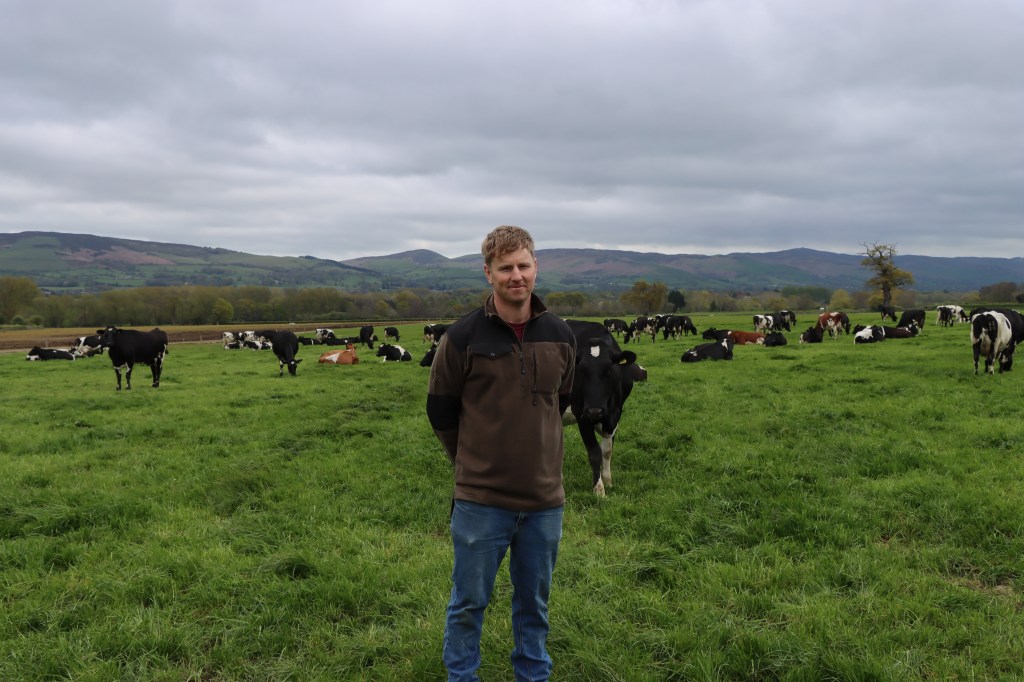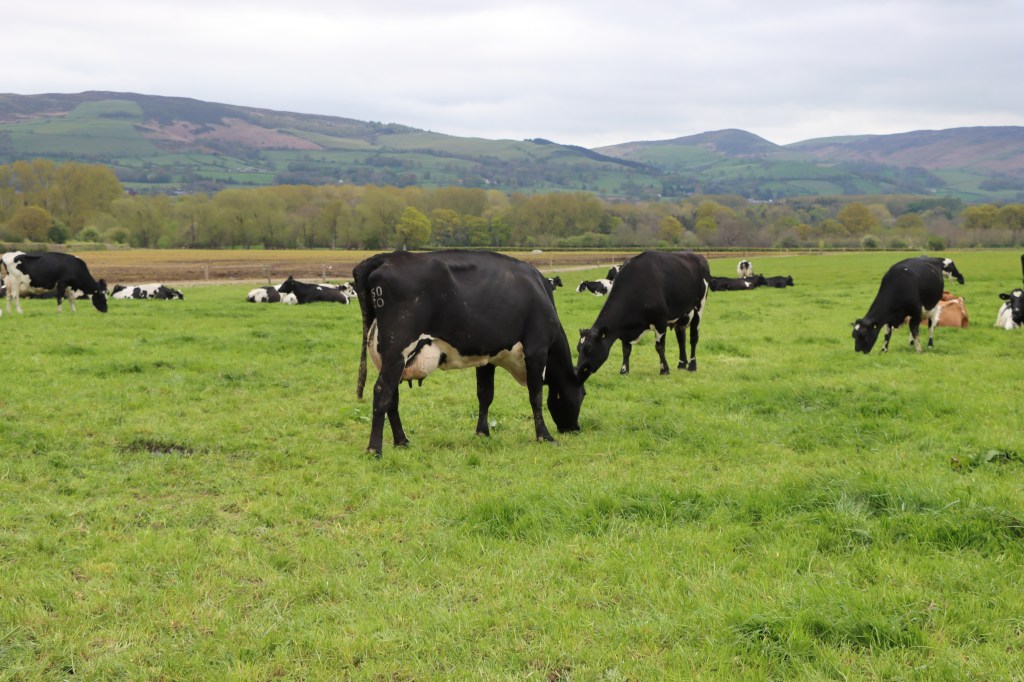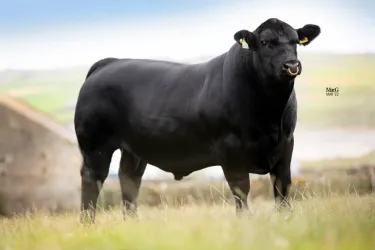Family based in Denbighshire, North Wales, have been reaping the rewards of integrating crossbreeding into their breeding strategy for just over 10 years.
Kilford Dairy Farm, run by father and son, Dilwyn and Dafydd Evans, is a 450-cow herd family farm with a strong focus on maximising productivity and herd health.
The farm spans across 800 acres, on which they grow grass, maize, wheat and barley.

Embracing Crossbreeding
In 2015, Dafydd, a qualified vet, transitioned from his veterinary career to manage the family farm full-time. During this period, the farm shifted from an all-year-round calving herd to an autumn block herd and began exploring crossbreeding opportunities. After extensive research and visits to other successful farms, the Evans family decided to integrate Norwegian Reds into their herd. Known for their hardiness, high health status, and suitability for grazing systems, Norwegian Reds proved to be an excellent fit for Kilford Farm.
“The results have been great,” says Dafydd Evans. “The Norwegian Red crosses have impressed us with their vitality and ease of management. The calves are spritely and healthy, helping to reduce our costs and improving overall herd health.” Their smaller stature also makes them ideal for the farm’s grazing system, handling the mile-long walk from the fields to the parlour with ease.

Utilising Reproduction Management Systems
To further refine their breeding program, the Evans family introduced a three-way crossbreeding strategy. Norwegian Reds are bred with Sexcel® Friesian sexed semen, Friesians with Sexcel® Holstein sexed semen, and Holsteins and bred to Norwegian Red. The coordination of bull selection is all managed by Genus ABS, allowing the Evans family time to focus on other aspects of the farm.
Genus ABS’s RMS has been pivotal to the Evans family’s success, handling the logistics of the breeding program and ensuring consistent and effective breeding practices. “Genus ABS provides us with expert breeding advice, helping us select the best bulls for our herd,” Dafydd explains. “We generally pick two Norwegian Reds, two Holsteins, and two Friesians. Our strategic approach has streamlined our breeding process, maintaining a 360-day calving interval and a tight block calving system.”
This precision is crucial for their tight autumn block calving herd. Operating a strict Autumn block calving any cow which remains empty after serving leaves the herd, helping to keep their operation efficient and ensures their herd maintains a high fertility status.
Crossbreeding and Productivity
Thanks to the integration of crossbreeding strategies and RMS support, Kilford Farm has maintained a high-yielding herd while increasing milk solids, crucial for their Arla milk contract. The herd now averages 8,000 litres of milk with 4,500 thousand litres from forage as well as excellent solids — 4.34% fat and 3.56% protein.
Looking into the Future
Recently, the family expanded their parlour, allowing them to grow their herd from 320 to 450 cows. With this in mind, Dafydd aims to continue ensuring high productivity and efficiency across the farm.
Currently, there are a few polled cows within the herd. Dayfdd state they “can see huge potential for polled genetics in the future. It saves us a job, it’s less stress on the calves, and from a sustainability point of view, it’s a huge win for everyone.”
Following a sexed and beef strategy has also yielded excellent results with the focus on maintaining an impressive 30 percent pregnancy rate.
Utilising the crossbreeding approach, along with RMS, has seen the Evans achieve great success on their farm.
If you’re looking to adapt a successful crossbreeding strategy that incorporates the best traits to match your system and goals, contact your local Genus ABS breeding advisor today.


